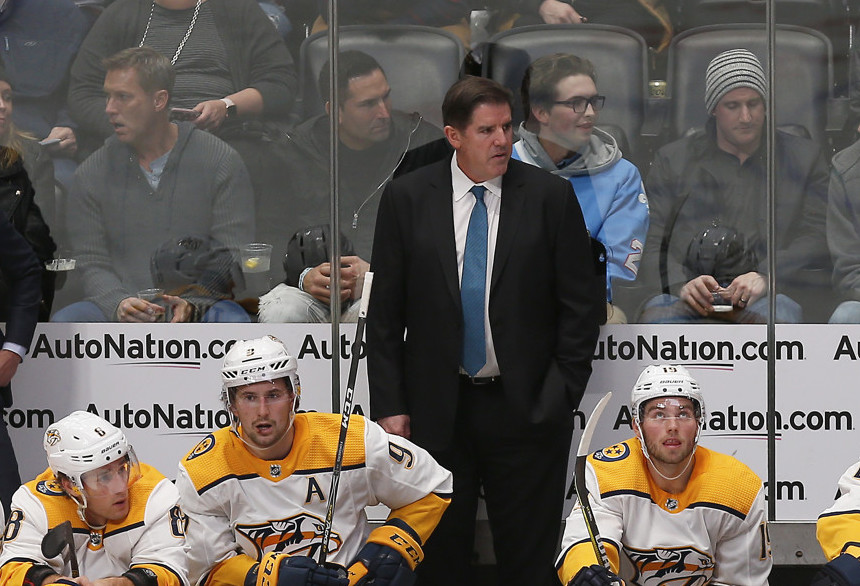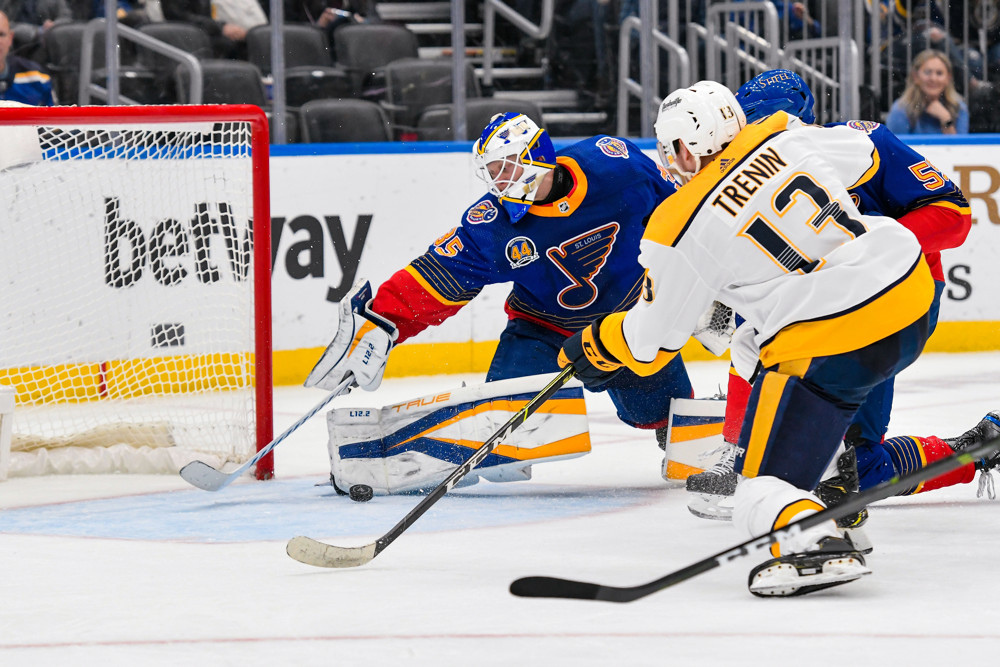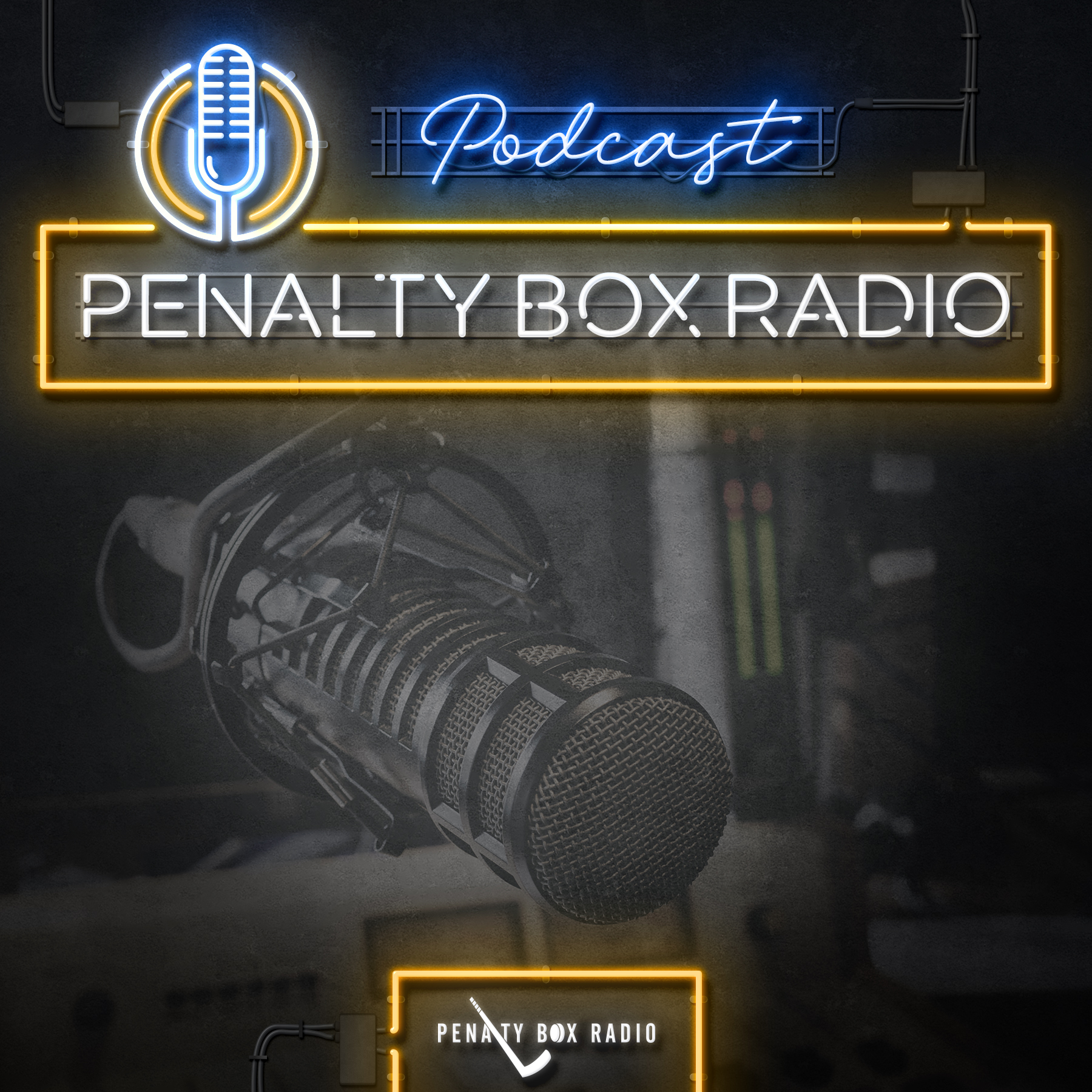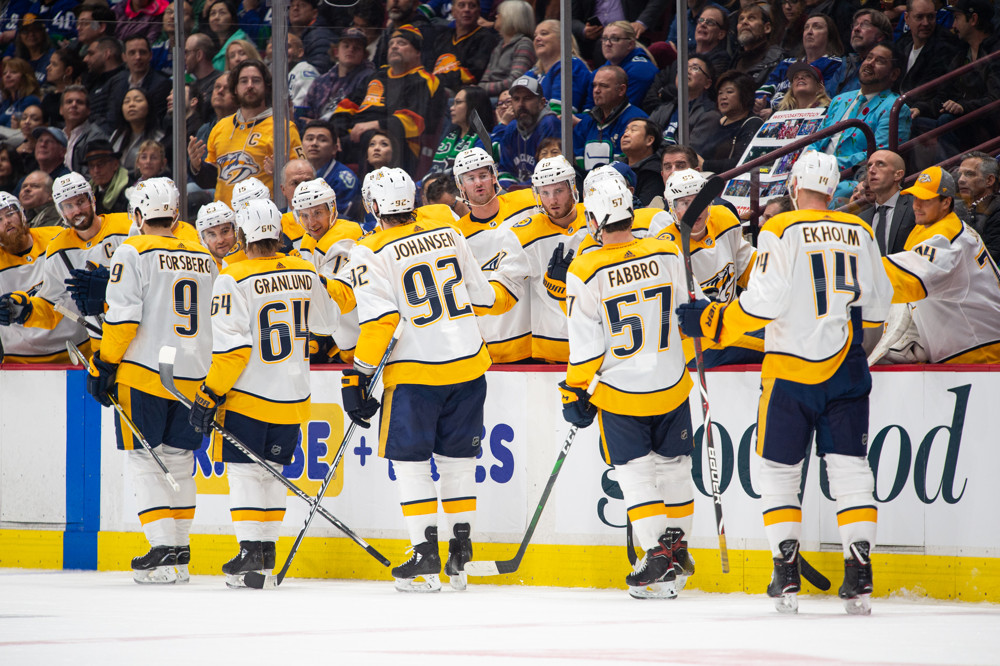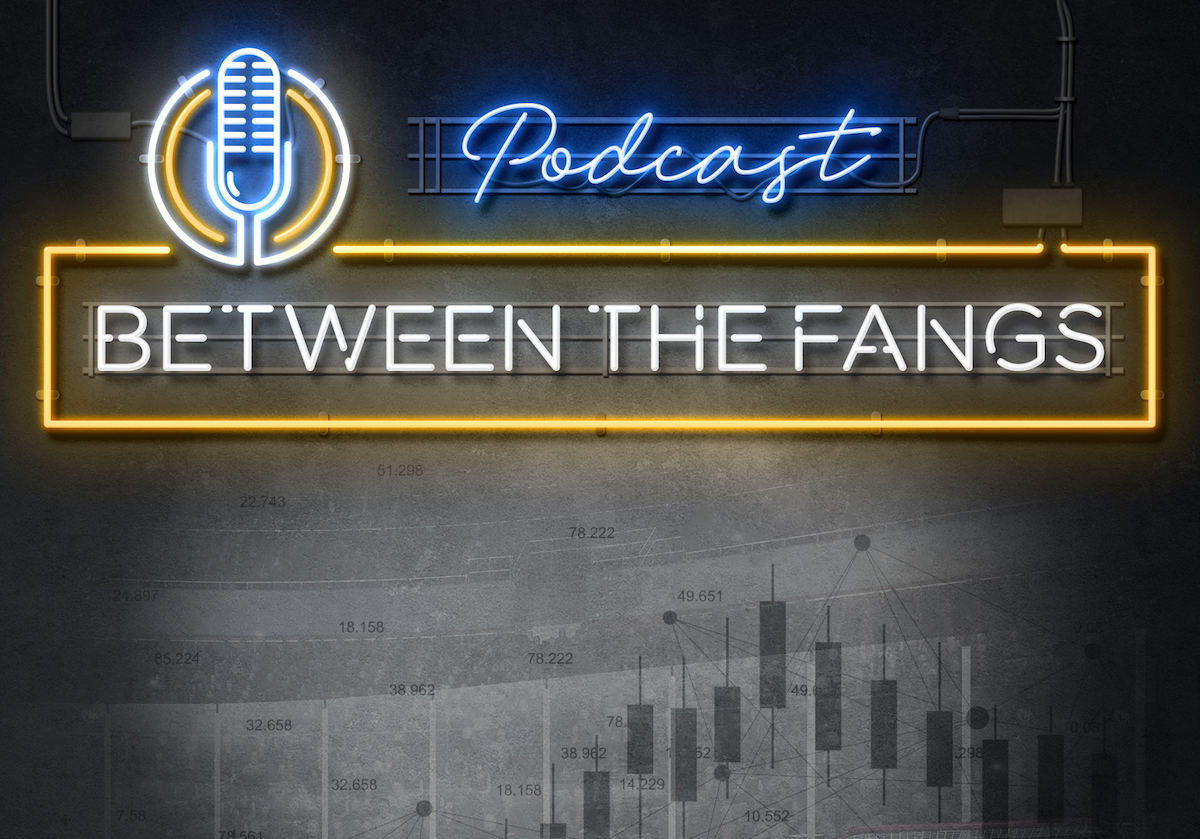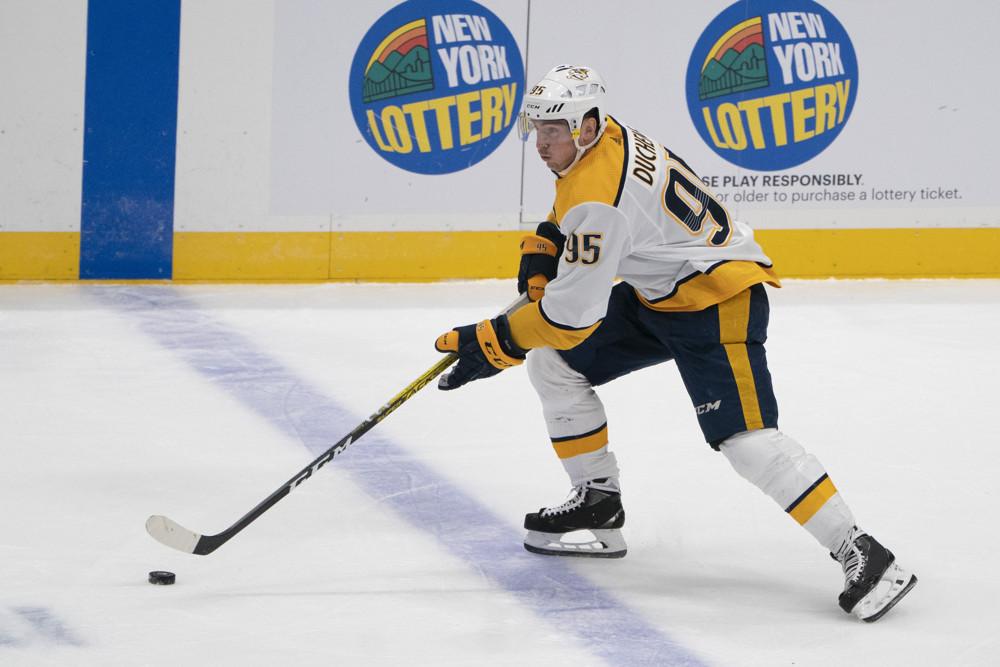
The Nashville Predators entered the ‘19-20 season with something to prove. A second straight Central Division title rang hollow as an underwhelming performance in the first round of the Stanley Cup Playoffs left the team heading into the offseason searching for answers. General Manager David Poile promised changes would be made and he lived up to that promise.
Dan Lambert was brought in to enhance the offensive system and focus on improving a league worst power play. Superstar defenseman P.K. Subban was traded to New Jersey in a cap relief move returning only a fringe NHL defenseman and futures. That trade cleared the path for Poile to sign his long sought-after target in center Matt Duchene. Exiting the preseason a few questions remained such as where would Kyle Turris slot into the lineup and when would Roman Josi’s contract extension be finished but the Predators once again boasted one of the deepest rosters in the entire NHL.
Where things stand

The Predators came out of the gate fast going 8-3-1 in their first 12 games with Duchene scoring on everything in sight. The changes looked brilliant on the surface but some underlying numbers foreshadowed rough waters ahead. The Predators were riding league highs in shooting percentage well above expected numbers. Starting with the Halloween night game against Calgary the difficulties began to surface. In that game the Predators blew a 4-1 third period lead and subsequently lost in overtime. The Predators would go on to win just 6 times in their next 18 games including a 9-4 loss to Colorado, a 7-1 loss at home to Chicago, and a 6-3 loss to Vancouver where the team allowed 5 power play goals in 6 chances. Now in mid-December, the Predators sit at 16-12-5 which is good for 5th in the Central Division and 3 points out of a Wild Card position. Frustrations from the team have been voiced, calling recent performances “embarrassing” and the fanbase has become ever more vocal in their calls for change.
So what is to blame? What can be done to fix it? Let’s explore a few of the issues and see what options exist to right the ship and return the Predators to playoff contention.
Issue #1 – Goaltending

While goaltending has been one of the most consistent contributors to the Predators success, especially under Pekka Rinne as the unquestioned starter, the tandem of Rinne and Juuse Saros simply hasn’t got the job done this season. Oddly enough, the two are having almost polar opposite seasons. Rinne has been solid at 5v5 ranking 17th out of 43 goalies with 600 minutes played with a 0.923 SV% and 10th with 4.39 high danger goals saved above average. Saros on the other hand has struggled mightily at 5v5 ranking 40th out of 43 with a 0.893 SV% and dead last with -6.39 high danger goals saved above average.
When the Predators go on the penalty kill, the script flips and Rinne drops to dead last out of 47 goalies among with at least 60 minutes played sporting a 0.761 SV% and 44th with -3.47 high danger goals saved above average. Saros turns in a more respectable performance ranking 20th with a 0.887 SV% and 12th with 2.11 high danger goals saved above average. One might think that the defense is allowing too much but the Predators are also best in the league at 5v5 with an expected goals against of 48.09% which means they are limiting opponent’s quality chances as well as anyone. Simply put, the goaltenders are not getting the job done and if the Predators are to return to contention they will have to improve significantly.
Issue #2 – Forward Production

This is a tough one for a couple reasons. First, the Predators are statistically one of the top scoring teams in the league sitting at 7th in the NHL with 3.26 goals per game (prior to the 8-3 win over the Islanders). However that production is buoyed by career season starts from Nick Bonino, Calle Jarnkrok and Rocco Grimaldi. Second, the defense corps has long been one of the top producing in the league and that inherently draws some numbers away from the forwards.
Roman Josi and Ryan Ellis are both producing at almost 70 point paces. At the top of the lineup Filip Forsberg (0.88 P/GP) is on a 70 point pace and Matt Duchene (0.70 P/GP) is on pace for just under 60 points. On the flip side, Ryan Johansen (0.61 P/GP), Mikael Granlund (0.43 P/GP) and Craig Smith (0.29 P/GP) have struggled to produce consistently. In fairness, there have been injuries across the top 6 and the indefensible healthy scratching of Kyle Turris which have resulted in the lineups changing almost every game.
Early in the season the line of Forsberg, Duchene and Granlund was almost scoring at will before the injuries forced changes. Of late, the top 6 forwards have not been getting to the slot and not driving the puck to the net to create more dangerous shots or better passing lanes. While they have had some adversity in terms of lineups, a top 6 corps consisting of players making $8M, $8M, $6M, $6M and $5.75M has to be able to produce better.
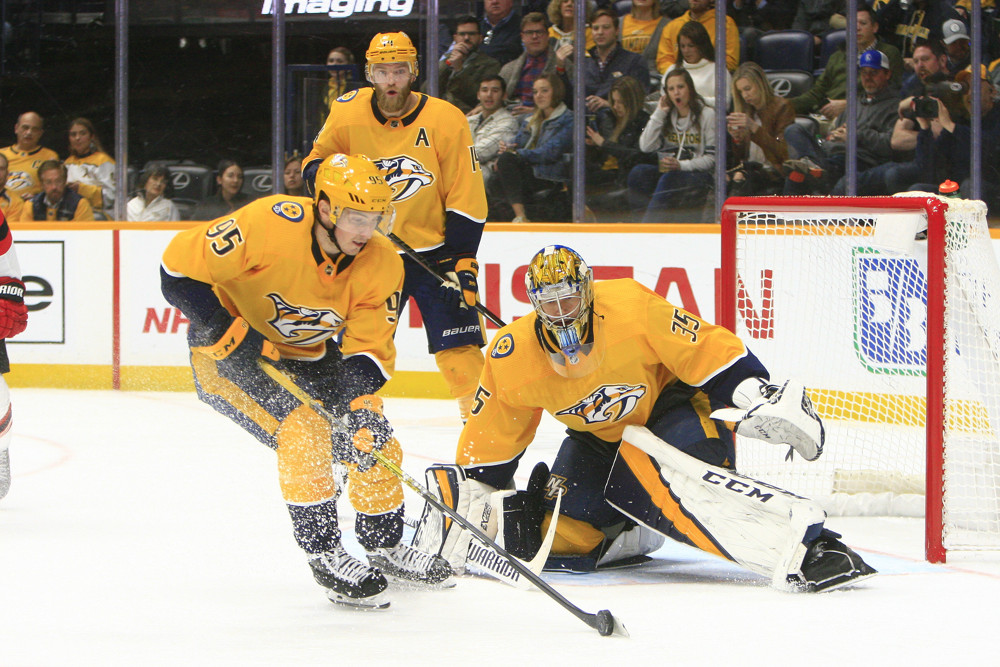
Issue #3 – Offensive Coaching
Much has been made lately of how Laviolette’s offensive system has become predictable and other teams know how to gameplan. There is certainly some validity to this idea. Let’s explore the Predators offensive system and how the coaching is impacting the play (you may want to take a nap first, this is going to take a minute).
The Predators offensive system is predicated on a downhill attack and creating chaos for the defensive unit via a continuous cycle. The breakout is pushed by defensemen who look for a stretch pass and if that isn’t available they carry the puck out of the defensive zone. The defenseman looks for a controlled entry as they cross the red line, if its blocked then the puck is dumped in. What often occurs here is that since the defenseman is pushing the play then the forwards are forced to stop at the blue line which impedes the offensive flow. Another important note here is that the Predators will almost always enter the zone on the first try. Rarely will the puck carrier circle back and reset if the zone entry is blocked.
Once in the zone the forwards pinch down to retrieve the puck and start the cycle. The cycle is meant to get the defensive unit chasing the puck and open up shooting lanes to the net. When this system is working, the Predators move the puck around the zone with speed and the defense loses their responsibilities chasing the puck. However, what is often being seen is that defensive unit simply pinch back in front of the goalie and allow the passes around the outside, daring the Predators to fire away from long distance (read: low danger).
Of late the boys in gold have been more than happy to oblige by shooting more from the blue line or outside the faceoff dots on the wings. Here is where the systemic issues come into play. Laviolette’s offensive system is geared on taking those low danger shots in hopes of creating high danger scenarios (screens, deflections, tips). The problem is that the more the defense packs in, the less likely it is that the originating event (a low danger shot) will even get through for the opportunity of the high danger event.
Additionally, with those shots coming from so far out, if they get blocked they set up the opposition to breakout towards the Predators defensive end. The Predators do not do a good enough job of getting shooters into the mid and low slot nor do they utilize play from below the goal line to create passing lanes for higher danger shots. Amazingly this is all magnified on the power play as the Predators continually have trouble entering the zone cleanly and setting up their structure. The coaching adjustment here would be to move away from a purely cycle game and get more inside-out puck and player movement as opposed to just high to low to high.
‘19-20 Nashville Predators shot chart – even strength:

‘19-20 Nashville Predators shot chart – power play:
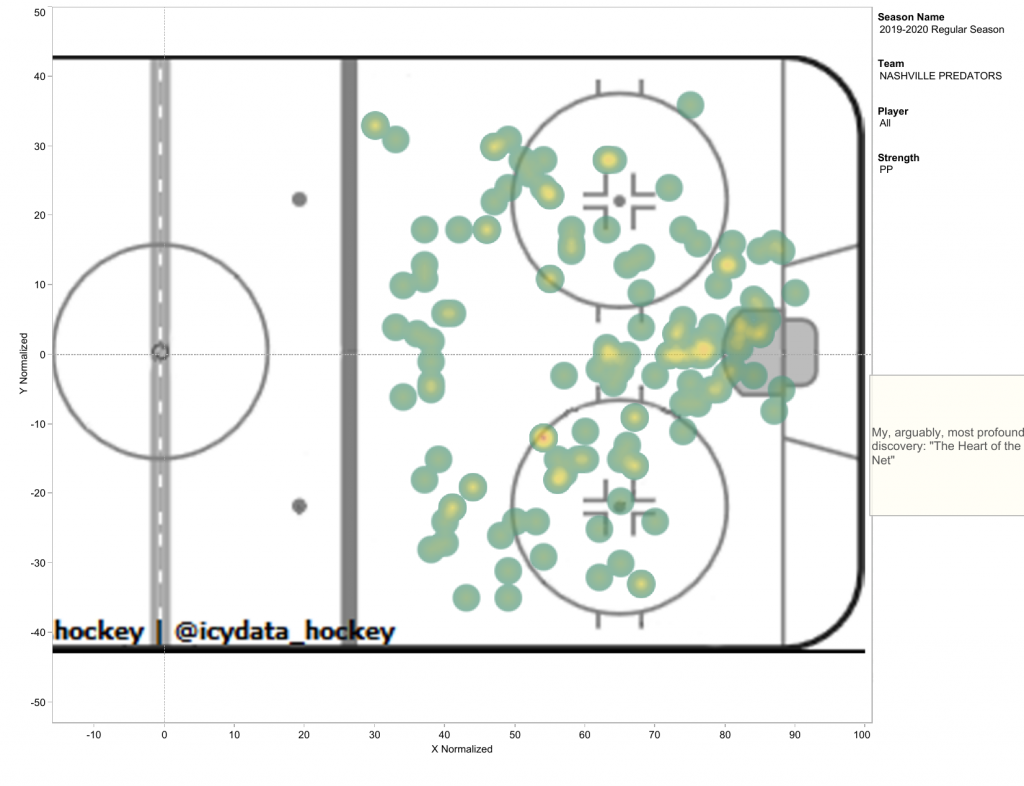
As you can see from the shot charts above, the Predators take way too many shots from the outside edges and don’t press the center of the ice nearly enough. Possibly most importantly, this structure limits the effectiveness of the most talented offensive players. The Predators have multiple shooters (chiefly Forsberg, Arvidsson, Duchene and Turris) who should be seeing the puck in the middle of the ice at every opportunity. While the offensive scheme Laviolette’s coaching staff continues to support is good for maintaining possession and winning the shot count it simply is not effective enough over time. For the Predators to move back up the standings and maximize its forward talent, the system needs adjustment into a less predictable attack centered around creating higher quality opportunities.
Where To Go From Here
The Predators find themselves in a pretty bad hole related to the playoff push. Coming up on the turn of the calendar to 2020 the team is faced with not as much a daunting number of points to make up, but the number of teams they will have to leapfrog to get back into a playoff spot. There are a few primary changes that must take place for the Predators to even have a chance.
First, they must get healthy and lock in the forward lines. Viktor Arvidsson is the turbocharged engine that powers this team. His speed, tenacity and ability to finish scoring chances are a huge difference maker. Mikael Granlund has also missed time of late which was particularly unfortunate as he was starting to kick his production into gear. Now, once those players return (note: Arvidsson skated with the team prior to the 12/16 game vs NYR) Coach Laviolette has to stop the line blender and let his talent go to work.
Second, the goaltending has got to improve. The offense is scoring goals, the defense is limiting quality opportunities and now the goalies have to put in their share. If the Rinne/Saros pair can return even to career averages the Predators should see more ticks in the win column.
Third, the coaching staff has to make some changes. To address the elephant in the room, I really don’t believe David Poile makes a coaching change in-season unless this team truly falls apart. I mean like Red Wings “not earn a point in over a month” level of falling apart. Now that we have that out of the way, Laviolette’s staff has to make adjustments to the offensive scheme both at even strength and on the power play. The Predators have become too predictable and as such are finding it more difficult to work through opposition defensive structures.
Now, I would be remiss and totally off-brand if I didn’t bring up at least one trade idea. The Predators still need resolution on the Kyle Turris situation and I personally do not fully believe that Coach Laviolette won’t return to dropping Turris in the lineup once the roster is healthy. In the midst of the Taylor Hall trade discussions, Ryan Rishaug of TSN mentioned that the Edmonton Oilers would be better off pursuing a true center instead of a winger given their desire to play both Leon Draisaitl and Ryan Nugent-Hopkins on the wing. The Predators could offer Turris, a prospect defenseman like Alex Carrier who is off to a great start in Milwaukee and a 2020 2nd round pick for defenseman Adam Larsson and the rights to Jesse Puljujarvi. In terms of value, Turris and Larsson are similar so the second part of the trade is Carrier and a 2nd for Puljujarvi. The Oilers move on fully from the Hall trade and get multiple pieces back in the process while the Predators upgrade the right side of the defense at a reasonable cost plus obtain a high level wing prospect in the process.
Closing
The Nashville Predators are a pretty serious disappointment so far this season relative to where they have been projected but the positive signs should not be ignored. Josi is a probable Norris finalist while Ellis, Bonino, Jarnkrok and Grimaldi are having career seasons thus far. The team overall has been excellent defensively. If the goaltending can progress back towards even middle of the league, the forwards pick up the pace and the coaching staff can make a few adjustments the Predators will have every chance to get back into playoff contention. It will certainly be interesting and as always, I can’t wait to see it.
NOTE: All statistics are as of the 12/14/19 game vs Dallas
Statistics courtesy of Natural Stat Trick (naturalstattrick.com), the NHL (nhl.com) and CapFriendly (capfriendly.com)
Visuals courtesy of IcyData (icydata.hockey)


